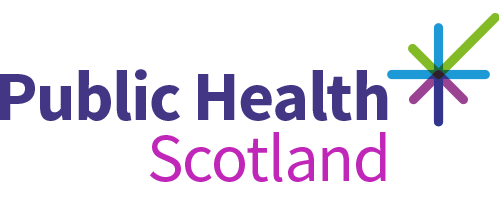Power inequality
Unequal distribution of power across the population is one of the fundamental causes of health inequalities.
You can watch this short animation, on what power is, and how it affects health. This was created in collaboration with the Glasgow Centre for Population Health.
On this page you’ll also find resources and information about power.
What is power?
Power is a complex concept which includes the ability or capacity to do, or to not do, something. It also includes exercising influence, control or force through a variety of means. Power, or lack of power, can have an important impact on peoples’ circumstances and therefore on their health.
Power doesn’t belong to one person, but exists in the relationships between people and groups of people. These power relationships can be visible and obvious, but are often hidden and covert.
Power is also context specific, in that people can have a lot of power in some situations but they can be powerless in others.
These characteristics make power distinct from income and wealth as a fundamental cause of health inequalities.
How power affects health
Social inequalities shape health inequalities within populations. These are driven by the distribution of
- power
- income
- wealth.
Inequalities in income, wealth and the distribution of power lead to the better off in any society being able to take advantage of their circumstances to a greater extent. One consequence of this advantage is that they have persistently better health.
Conditions that influence this advantage and affect access to these resources and opportunities are shaped by social, economic and political processes.
Who controls and influences these processes is important given that these systems, organisations and structures govern so many aspects of life including
- housing
- education
- employment
- health and social care services.
Power in relationships is intangible and often hidden, and is routinely found in major political, economic and cultural institutions. The exercise of power can shape public debate, social norms and decision making. This can therefore favour and privilege some groups over others and creates injustice and disadvantage that influences life experiences and subsequent health outcomes.
You can learn more about this relationship in our briefing 'Power - a health and social justice issue'.
Types of power
The World Health Organization (WHO), in their ‘Conceptual Framework For Action On The Social Determinants Of Health’, identified four different types of power.
- Power over - where some are able to influence or coerce others.
- Power to - where individuals are broadly able to organise and change existing hierarchies.
- Power with - the collective power of communities or organisations.
- Power within - individual capacity to exercise power.
Effective actions
National and local government have a key role in reducing inequality in the distribution of power across the population. Given the current social and political model favours income and wealth, new mechanisms of wider participation need to foster engagement across all groups, including those that are less well off.
Changes in power relationships can take place at various levels, including
- the individual
- in workplaces
- the community
- in the market for goods and services
- within social, economic and political institutions.
These changes need to happen at the same time to reduce health inequalities.
A broader understanding of the range and scope of power helps us to identify the different ways to create change and address power relationships.
If you are interested in our work in the area of power, you can contact the Evidence for Action Team to get more information on the work we are doing.
